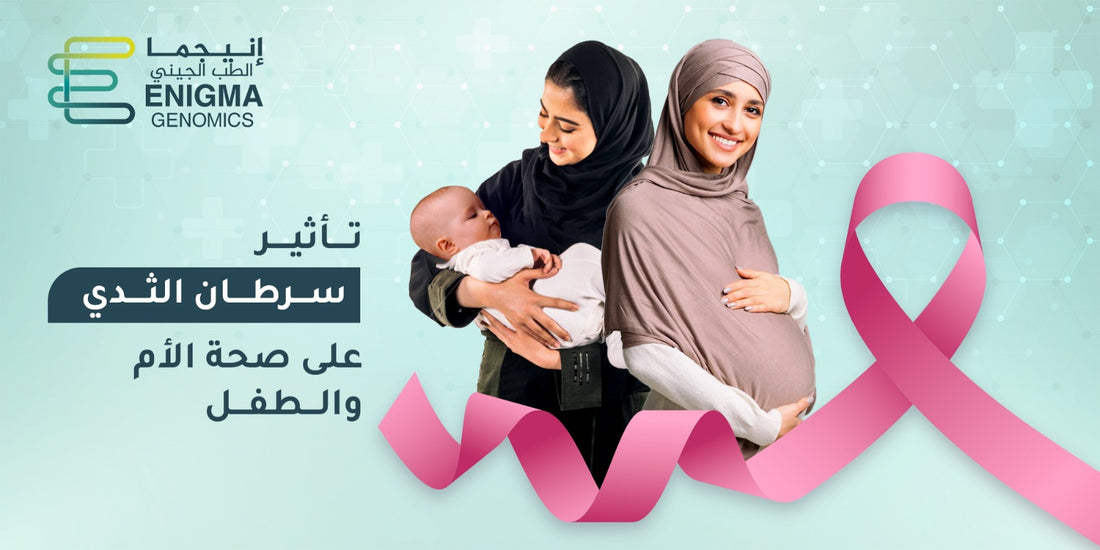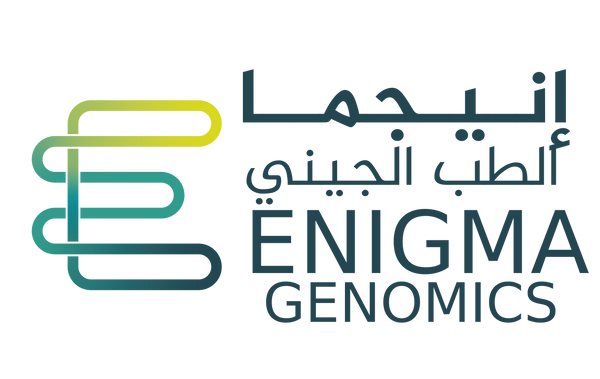
breast cancer and breastfeeding
Breast cancer is the most common type of cancer in women and the fifth leading cause of death globally, surpassing lung cancer. Breast cancer does not only affect women; it also affects men and it constitutes 0.5 -1% of all patients with breast cancer.
The risk of developing breast cancer in women usually increases after age 50, but what if the infection happened when they were young? Will this have an impact on women's ability to conceive and breastfeed? Are there any other risks associated with breast cancer treatments?
In this article, we will answer all of your questions about breast cancer, its causes, treatments, its impact on the ability to have children, and breastfeeding.
How does breast cancer develop?
Breast cancer develops from the abnormal and uncontrollable growth of breast cells, which results in tumor formation. It usually starts in the cells of the lobules and milk ducts. Breast cancer cells can spread from the breast to any part of the body via lymph nodes and blood vessels.
Breast cancer types
Breast cancer types are classified as follows, with several subtypes branching out from each:
invasive breast cancer
The term "invasive breast cancer" refers to the spread of breast cancer cells in areas of the breast other than the areas where it began, and it then spreads throughout the body. Its subtypes include:
Ductal invasive carcinoma
It is the most common type of cancer in women, accounting for 70-80% of all breast cancer cases. It was called ductal cancer because it starts in the milk ducts and spreads to the nipple before spreading to the rest of the body.
invasive lobular carcinoma
It is the second most common type of breast cancer, accounting for 5-10% of all cases. Invasive lobular carcinoma is so named because it begins in the milk-producing lobules and can spread to other parts of the body.
Inflammatory breast cancer
It can develop in the milk-producing lobules and milk ducts. It spreads more quickly than other types of breast cancer, but it is a rare type of breast cancer. This type is frequently misdiagnosed as mastitis and manifests as swelling and redness of the breast skin, but it appears in its final stages, reducing the chances of recovery.
Paget's disease of the breast
It is a very rare type that affects 1 in every 4 women and occurs in the nipple area of the skin of the nipple and areola.
Angiosarcoma
It occurs in the lymphatic or blood vessels of the breast, and the risk of infection increases in women over the age of 70.
phyllodes tumor
It usually affects women over the age of 40 and occurs in the connective tissues of the breast. It is frequently a benign tumor, with only 25% of cases being malignant. Women with Li-Fraumeni syndrome are more likely to develop this type of breast cancer.
Non-invasive breast cancer
Breast cancer cells in this type are confined to the areas where they began and do not spread to other parts of the body; its types are:
Ductal carcinoma in situ
This type of breast cancer is limited to the ducts that carry milk to the nipple and does not spread to other parts of the body; it accounts for 20% of all cases of breast cancer.
Lobular carcinoma in situ
This type of breast cancer affects the milk-producing lobules without spreading to other parts of the body, but it can progress to any type of invasive breast cancer.
Breast cancer symptoms
The following are the most noticeable breast cancer symptoms:
1. A change in the breast's size or shape
2. A lump or thickening in or near the breasts or under arms
3. Redness or flaky skin in the breast or nipple area
4. Nipple discharge that are clear or bloody
These symptoms do not always indicate breast cancer, so it is critical to consult your doctor and have regular check-ups.
Breast cancer causes
There are no specific causes of breast cancer, but there are some risk factors, the most notable of which are:
Age
Breast cancer is more likely to develop in women after the age 50, but it can developing at any age.
sex
Women are the most likely to develop the breast cancer.
inherited factors
The presence of close relatives with breast cancer (mother, siblings, and other first-degree relatives) or the presence of genetic mutations, the most important of which are the BRCA1 and BRCA2 genes, is the cause of 5-10% of breast cancer cases. Some genetic syndromes also increase the risk of developing breast cancer such as,
- Li-Formini syndrome
- Cowden disease
- Peutz-Jeghers syndrome
- hereditary diffuse stomach cancer
- smoking
- Obesity
- Radiation treatment - Particularly if it is located in the head, neck, or chest
- Replacement hormone therapy - It is a treatment for the symptoms that women experience following menopause.
Breast cancer treatment
The following are some of the most popular breast cancer treatments:
surgery
The doctor may remove only the tumor from the breast with a small amount of healthy tissue surrounding the tumor, or the entire breast.
Chemotherapy
Chemotherapy may be used before a breast lumpectomy to shrink the tumor, and it may also be used after surgery to kill any remaining cancer cells. However, if the breast cancer has spread throughout the body, chemotherapy will be the primary treatment.
Hormone replacement therapy
Breast cancer cells grow by using estrogen and progesterone, so the doctor may use hormonal therapy to reduce estrogen levels before surgery to control the tumor in different parts of the body, and it can also be continued after surgery to eliminate remaining cancer cells and reduce the chances of recurrence of breast cancer.
There are other treatments such as, Radiation therapy, Immunotherapy, and Cancer targeted therapy.
Can breast cancer develop during pregnancy?
Breast cancer is uncommon during pregnancy, with one in every 3,000 pregnant women developing the disease.
Pregnancy after breast cancer
Some breast cancer treatments, such as chemotherapy that affects the ovaries, can lead to delayed childbearing or infertility.
Pregnancy, breastfeeding, and the possibility of a recurrence of breast cancer
Although there is insufficient evidence to link pregnancy or breastfeeding to an increased risk of breast cancer recurrence, higher estrogen levels during pregnancy may lead to breast cancer recurrence. Breastfeeding also reduces the risk of breast cancer by 4.3%, according to studies.
The Fetal Impact of Breast Cancer Treatment
Breast cancer treatments can have an impact on fetal development, so it is best to consult a doctor before getting pregnant and defer it until after completing the treatment course.
Breast cancer's impact on breastfeeding
Due to surgical removal of the affected breast or radiation therapy that affects breast milk production, some women are unable to breastfeed their babies after developing breast cancer, making feeding painful for the mother and difficult for the baby. However, if you are still receiving breast cancer treatment, it is best to consult a doctor first because some treatments may interact with breast milk, causing complications for the baby.
The significance of genetic screening in breast cancer diagnosis
The American Cancer Society recommends that women have regular check-ups to detect breast cancer early. These checks include:
1. Ultrasound
2. Mammogram - It is one of the most widely used diagnostic methods for detecting abnormal breast changes.
3. biopsy - It is a sample of breast cells that is tested to determine whether or not it is cancerous.
4. Genetic screening
Genetic screening aids in the detection and identification of breast cancer-causing genetic mutations in order to prevent early breast cancer, determine the best treatment for people with breast cancer based on their genetic makeup, and avoid complications from other treatments.
The American Cancer Society also suggests genetic testing in the following cases:
1. Having more than one female or male relative with breast cancer at a young age
2. Having BRCA mutations or other genetic mutations in close relatives
3. Having ovarian, pancreatic, or advanced prostate cancer in a close relative
4. If it is a man, the diagnosis is ovarian, pancreatic, or advanced prostate cancer.
Genetic counselling also aid in determining the possibility of breast cancer, recommending the appropriate genetic screening for you, and providing the necessary recommendations after the examination results are revealed.
In conclusion, breast cancer can be caused by genetic or environmental factors, so it is critical to conduct periodic examinations for early detection of breast cancer, particularly genetic screening if there are relatives with cancer or any other type of cancer, and to be aware of the available alternatives to breastfeeding for a healthier life for the mother and child.
